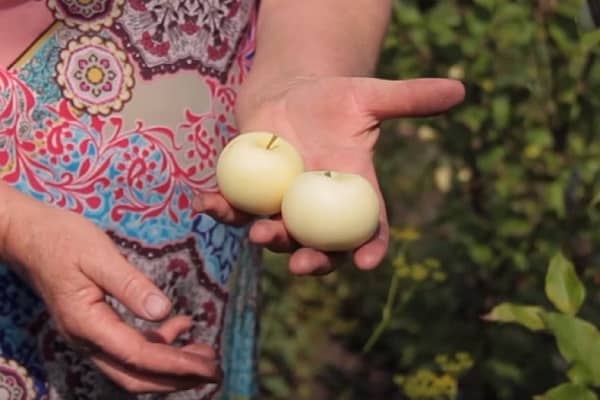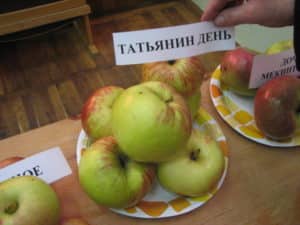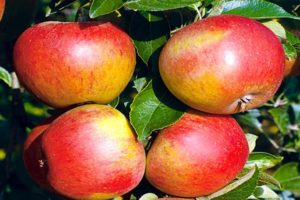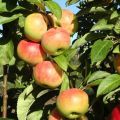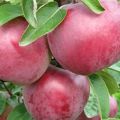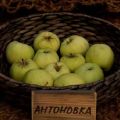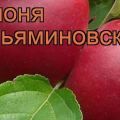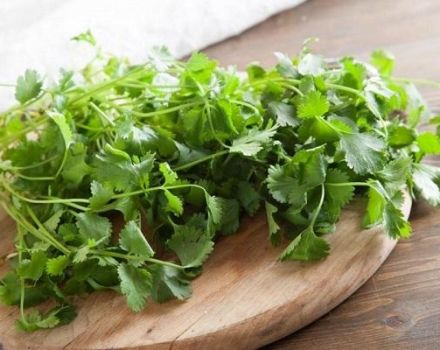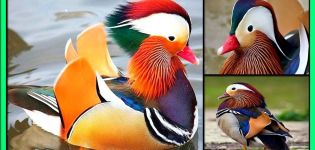Characteristics and description of the variety of Jung's apple tree (Snow White), reviews of gardeners
An unpretentious and consistently fruiting apple variety - Jung. For the color of the fruit, summer residents often call him Snow White. It bears great fruit and is late summer ripening. The variety is unpretentious, winter-hardy and grows ideally in Siberia and Altai. Dwarf apple tree suitable for all gardeners who want to get juicy fruits, spending a minimum of time caring for the plant.
Description and features
Description of the Jung apple tree:
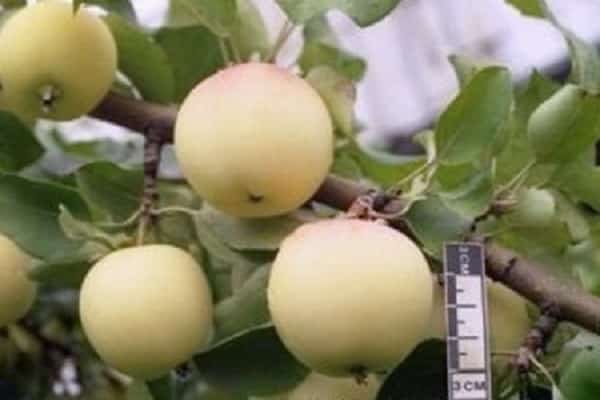
- in adulthood, the tree grows up to two meters;
- has a lush, spreading crown;
- bark color - brown;
- summer ripening variety;
- the leaves are medium in size and oblong;
- if damaged by winter cold, after pruning, the plant is instantly restored;
- forms apples on lateral branches, which grow very densely, up to 15 strong specimens are located on a branch;
- has a high early maturity, the first time the crop is harvested in the 4th year.
Feature - amicable ripening.

Pros and cons of Jung's apple tree
Advantages:
- resistant to low temperatures;
- high taste;
- high productivity;
- self-pollinates, if there are other varieties in the surrounding area, it significantly increases productivity;
- large fruit size;
- does not require careful maintenance;
- the plant is resistant to diseases and damping off.
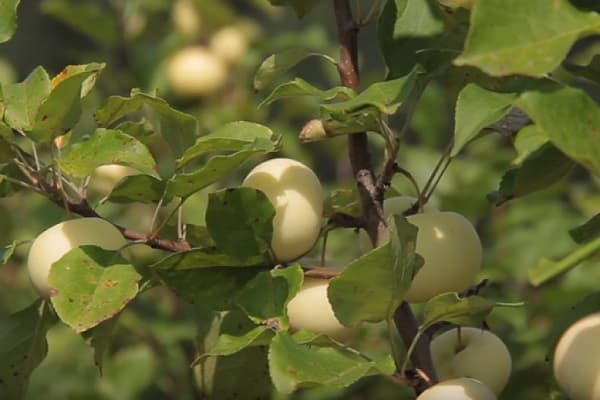
The fruits are universal. Suitable for:
- direct consumption of food;
- canning;
- for drying.
Disadvantages:
- short-term storage of fresh fruits;
- occasionally brown spots appear on the leaves that do not extend to the entire crown;
- not suitable for planting in a close location of groundwater;
- the plant is difficult to tolerate drought;
- cracking appears on the trunk, which does not affect the health of the plant.
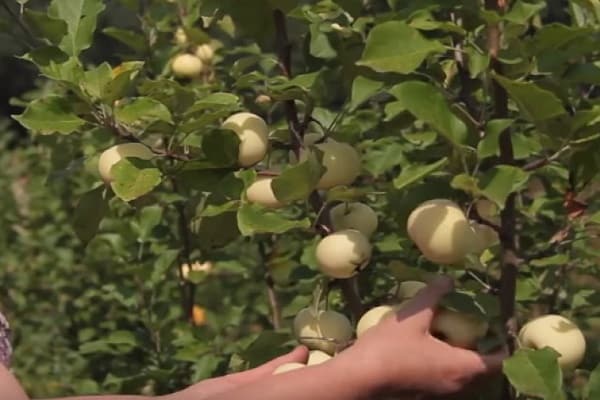
Variety characteristics
To determine the choice, it is worth examining the main characteristics of the variety.
Dimensions
Since the growth is slow, the variety is classified as dwarf. For the first seven years, the height does not exceed two meters. Then in three years the tree can grow up to three meters.
Due to its powerful crown, wide in diameter, the apple tree looks large. Branches to the trunk are located at an angle of 90 degrees.

Yield
The variety bears fruit from the fourth year after planting. Apples ripen from the beginning of August. At the onset of technical maturity, the fruits are immediately harvested, since there is a high probability of falling off. As a result, apples rot due to the high juice content.Up to 15 kilograms of fruit are harvested from one adult plant.
Starting from the 10th year, the yield increases and amounts to 30 kilograms of juicy fruits.
For a stable and bountiful harvest, the tree must be properly pruned. Strongly thin out the dense part of the crown, since the leaves and fruits should receive sufficient lighting.
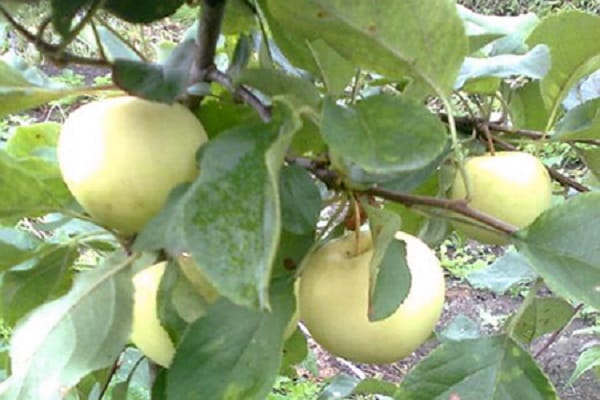
The frequency of fruiting
From the fourth year to the seventh, the apple tree bears fruit annually. Then, every year, the tree has a rest period. As a result, the volume of the harvest is halved. In some years, the plant is completely resting and does not bear fruit.
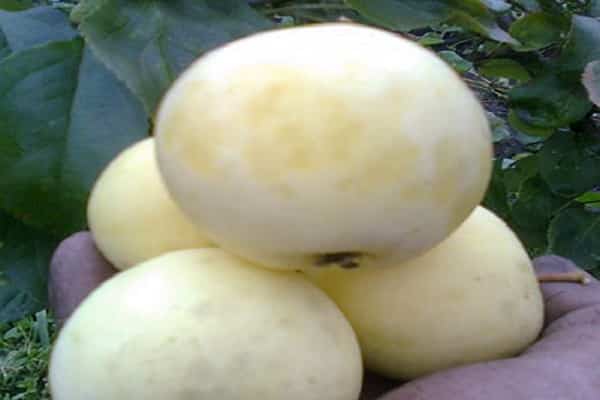
Winter hardiness
The variety has an average frost resistance. At very low temperatures, a separate part of the tree can freeze out. But after pruning the damaged areas, the tree quickly recovers.
To protect the root system, the ground around the plant is mulched at the end of autumn.
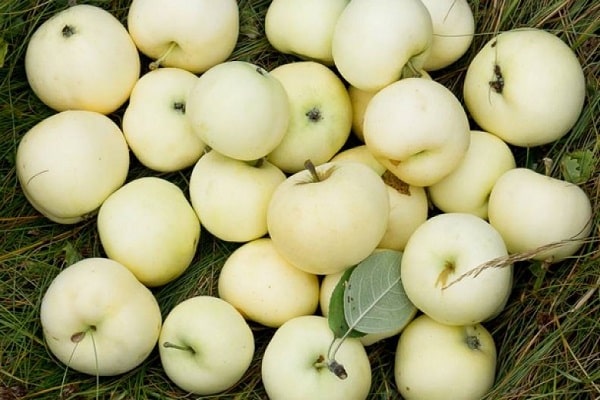
Disease resistance
When carrying out preventive measures against pests, the possibility of damage to the tree is minimized. For this:
- whitewash the trunks;
- harvest fruits on time;
- remove fallen leaves;
- sprayed with a special preparation at the time of flowering and during fruit ovary.
The variety is resistant to scab and other common diseases.
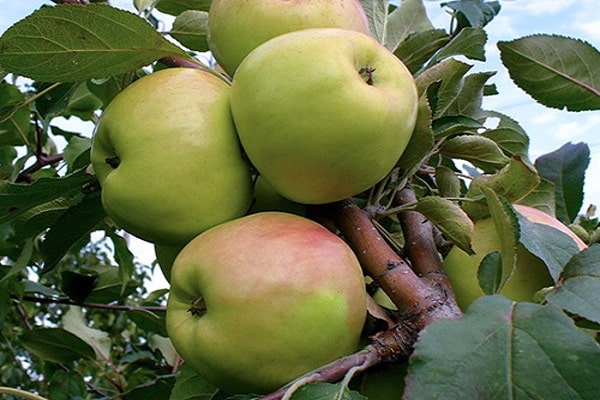
Fruit assessment
Fruit:
- sweet and sour;
- small in size, the maximum weight is 85 grams;
- color resembles White filling;
- round;
- with a thin skin;
- have a slight waxy coating;
- juicy, medium density;
- dessert.
The tasting score is 4.5-4.8 points.

What subspecies are there?
There are:
- dwarf form;
- undersized form.
The main characteristics of the trees are the same. Only the shape and height are different. In dwarf plants, the height does not exceed two meters. Winter hardiness is average. The trees are unpretentious and give the harvest together.
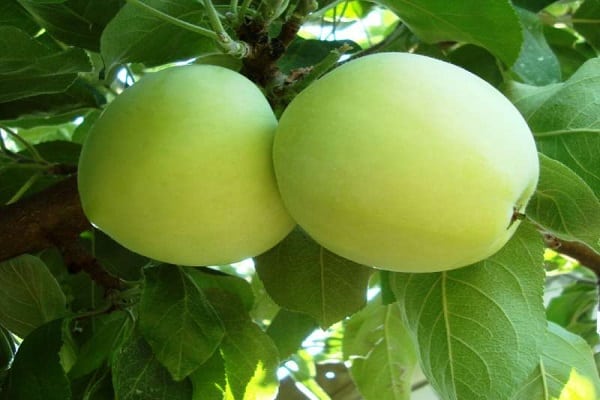
Distribution in regions
Grows well:
- in Russia;
- in Siberia;
- in the Urals;
- in the Altai Territory.

Gardeners reviews
Maxim, 46 years old: “I grow various varieties of apple trees. I cover with plastic bottles from mice in winter. The lower branches freeze slightly in severe winters. I cut them off, but there is no fear in that. The tree is recovering quickly. "
Svetlana, 35 years old: “Five years ago I planted a tree on the advice of relatives. And I didn’t regret it. Many large fruits have grown this year. The first specimens appeared very early, in the third year we were able to taste apples, although only two grew. The next year, they collected seven liters. This year the harvest is good enough. "
Elizaveta, 37 years old: “I saw this variety for the first time at the age of 10. The tree looked gorgeous. Strong, beautiful, dense leaves. Lots of fruits. The taste is awesome, juicy. The same autumn I bought two seedlings. Both have taken root. Withstand severe frosts down to -40 degrees. They bear a lot of fruits. You can't eat everything. Selling to colleagues at work. "
